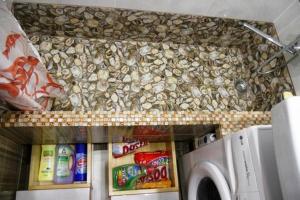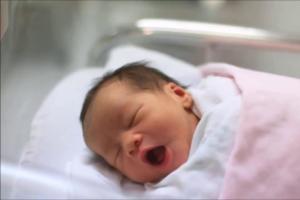From a tourist point of view, the currency of Iran and information about it are important. You need to get acquainted with the data before the trip. The country uses a currency unit called rial. In some areas, the dinar is still in use. Also, sellers sometimes talk about a mysterious currency - fog. Iranian money has a lot of features. And they need to be studied before visiting the country.
Features of monetary relations in Iran
Answering the question, what is the name Iranian currency Three different answers can be suggested:
- Rial.
- Dinar.
- Fog.
The fact is that each of them will be true. All of these names are common in Iran. Despite the fact that rials are official money, the word “fog” is most often used in everyday life. A person arriving does not fully understand what exactly it means. The fog includes 10 rials and is most likely used to simplify monetary relationships. Inflation is not alien to the local currency, it got to the point that banknotes of 50 thousand are printed.
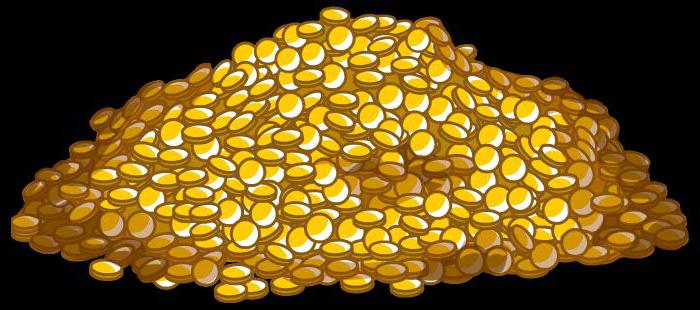 Another feature is the local exchange rate. Here tourists will meet many private money changers, even ordinary residents of the country can offer such a service. For them it is beneficial. For the guest, in principle, too, he will not need to look for an official exchanger, spend precious vacation time.
Another feature is the local exchange rate. Here tourists will meet many private money changers, even ordinary residents of the country can offer such a service. For them it is beneficial. For the guest, in principle, too, he will not need to look for an official exchanger, spend precious vacation time.
If on the streets, markets or shops you need to pay for goods in rials, then in hotels the price tags are indicated in dollars or euros. Depending on which hotel will be chosen, you need to navigate in the currency that is taken with you on a trip. It is better to pay in accordance with the price list and the money that is indicated in it.
Currency exchange
Speaking about which currency is in use in Iran, there are 4 main ones: dollars, euros, pounds sterling and, of course, rials. But if you plan to spend time not only directly at the hotel or large shopping centers, you will need to contact the banks to exchange everything for local money.
Banks in Iran work in a special way:
- Opening hours are from 8:00 to 16:00, lunch breaks are not fixed. Each company appoints them independently. Most often, there are no breaks at all.
- Almost all financial institutions are open from Saturday to Wednesday.
- Weekends are Thursday and Friday. Although large banks can be opened.
The currency of Iran is widespread and legal in circulation throughout the country. There are separate so-called tourist areas where dollars, euros, pounds sterling are accepted. In other places, the use of such bills will be illegal, so sellers or service workers will not exchange them for goods.
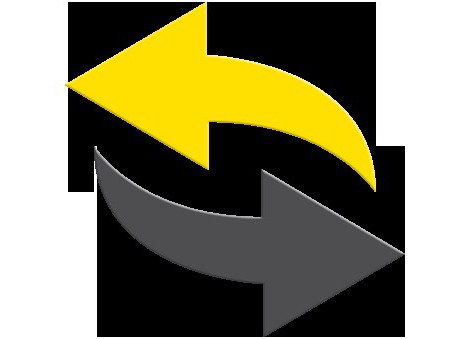 Currency change is carried out not only in banks, but also in some other institutions. For example, you can do this right away at the airport. Private money changers offer services, but the “black market” is not widespread here. Those will have a slightly lower rate. Given the cost of travel to the bank or other travel expenses, it is often more profitable to turn to money changers.
Currency change is carried out not only in banks, but also in some other institutions. For example, you can do this right away at the airport. Private money changers offer services, but the “black market” is not widespread here. Those will have a slightly lower rate. Given the cost of travel to the bank or other travel expenses, it is often more profitable to turn to money changers.
New and old bills
Iranian currency - rials, which are equal to 100 dinars. Currently, the country uses money that was issued after 1980. Their face value: 10, 5, 2, 1, 0.5, 0.2 and 0.1 thousand. Banknotes are atypical and uneven, there are several different options.
In 2004, a new series of 20 thousand rials was released. On its front side is a portrait of Khomeini, and on the back - Imam Square. There is a protective watermark. The predominant colors are blue and brown.
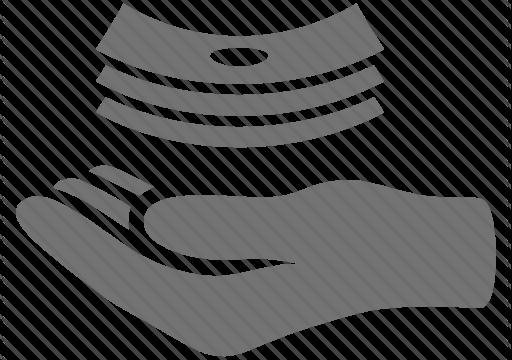 Then come the updated series of banknotes in denominations of 2000, 500, 200 and 100 rials. This indicates the presence of two types of notes.
Then come the updated series of banknotes in denominations of 2000, 500, 200 and 100 rials. This indicates the presence of two types of notes.
If the money is torn or worn out very much, you can exchange it for new bills at local banks.
Credit cards and other methods of cashless payments
Iranian currency on credit or debit cards can also be used. However, in this case, the scope will be very limited. Not all stores and service centers are ready to work with customers through bank transfer. Most still prefer cash.
Credit cards can be used in some of the largest hotels, as well as cash them in banks. But those who come with cards issued in the United States or Europe face difficulties. Tourists are offered to issue a local card, which is distributed almost throughout the country. In addition, it provides the opportunity to convert money into any other currency at the end of the trip (if they stayed). However, it is unlikely that the tourist will have enough time to do this.
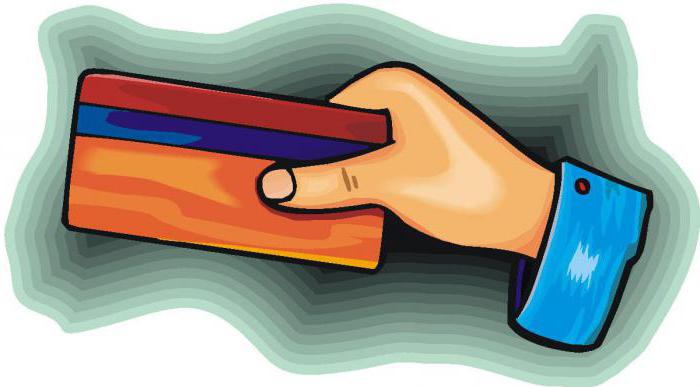 Thus, Iranian guests are advised to take only cash with them to avoid possible problems.
Thus, Iranian guests are advised to take only cash with them to avoid possible problems.
Conclusion
The national currency of Iran should be in the pocket of every guest of the country, even if he is not going to leave the hotel for a long time or bought an all-inclusive tour. Only for that kind of money you can buy nice souvenirs or crafts that local residents do with their own hands. They will always remind you of an exciting journey to an amazing state.

